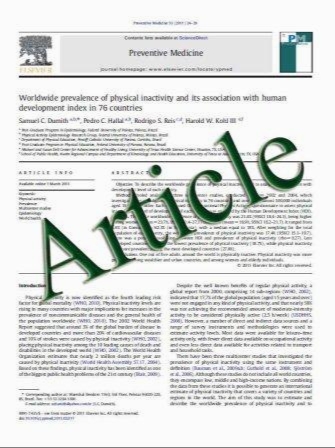Plasma therapy for atypical haemolytic uraemic syndrome associated with heterozygous factor H mutations
- نوع فایل : کتاب
- زبان : انگلیسی
- مؤلف : Jon Jin Kim & Tim H. J. Goodship & Jane Tizard & Carol Inward
- چاپ و سال / کشور: 2011
Description
Atypical haemolytic uraemic syndrome (aHUS) is frequently associated with mutations in the gene encoding complement factor H (CFH). The clinical response to plasma therapy in aHUS is variable. We present here our experience of plasma therapy in three aHUS patients with CFH mutations. Three children presented aged 4, 22 and 6 months (patients 1–3 respectively) in acute kidney injury requiring dialysis. Plasma therapy consisting of plasma filtration (patient 1) or plasma exchange (PEX; patients 2 and 3) was commenced early following presentation. This resulted in aHUS remission and cessation of dialysis after 2 weeks, 9 days and 2 weeks respectively. Relapses were common and associated with increasing the interval between PEX, but all responded to intensification of PEX therapy. Patient 1 recovered 50% of renal function after first presentation. She had four relapses and started peritoneal dialysis 41 months after presentation. Mutation screening of CFH showed a missense mutation (c.3546 G>T, p.Arg1182Ser) in exon 23. PEX in patient 2 was slowly tapered over 4 months to fortnightly sessions, but she relapsed when PEX was extended to every 4 weeks. Renal function remained normal 12 months post-presentation. Mutation screening of CFH showed a mutation in exon 23 (c.3590 T>C, p.Val1197Ala) and two additional sequence variants in exons 3 and 4. Patient 3 had two relapses associated with intercurrent illnesses concurrent with reducing PEX to weekly doses. Renal function was normal 5 months post-presentation. All three patients showed a good response to PEX with improved renal function both initially and following a relapse. Further research is necessary to determine the best maintenance strategy to delay or prevent end-stage kidney disease.
Pediatr Nephrol DOI 10.1007/s00467-011-1944-4 Received: 10 January 2011 / Revised: 3 June 2011 / Accepted: 6 June 2011


